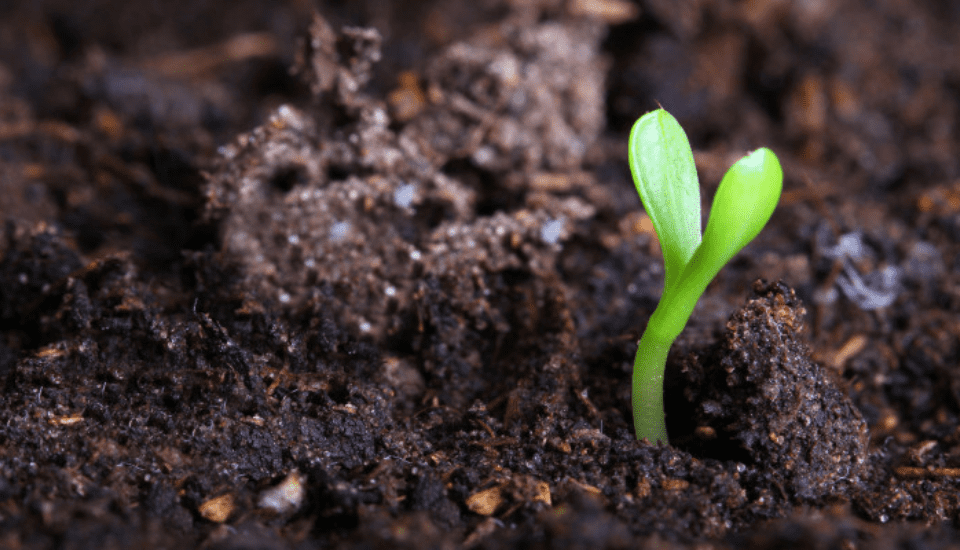
Environmental Monitoring of Nitrates and Other Water Quality Parameters: pH,
Environmental Monitoring of Nitrates and Other Water Quality Parameters: pH,...

The word Soil has many definitions. By traditional definition, soil is the natural growing medium for the growth and development of plants. Soil is the thin outer layer covering the land surface area of the earth, which consists of layers, also known as soil horizons. Soil is the end product of the combined influence of climate, organisms, and topography on rocks and minerals (parent material) over time.
Soils are a vital component of the ecosystem, serving a number of roles critical to the existence of human, flora and fauna such as:
The primary macronutrients found in soil are Nitrogen (N), Phosphorus (P), and Potassium (K) and are collectively known as NPK. NPK, pH, electrical conductivity (EC), and total dissolved solids (TDS), comprise the soil chemical properties which are fundamental to plants. Having a good understanding of how these properties affect plant growth and soil quality will enable students to relate it to everyday life – from how crops are produced, to how changes in soil properties could affect climate and their community’s susceptibility to environmental phenomena such as soil acidification and flooding.
There are a total of 12 essential nutrients found in the soil (N, P, K, S, Mg, Ca, Fe, Mn, B, Zn, Mo, Cu), however, the three most important nutrients are Nitrogen (N), Phosphorus (P), and Potassium (K).
Nitrogen is a key element in plant growth. Nitrogen is found in all plant cells, proteins, and hormones. Chlorophyll, which is vital for photosynthesis and gives the green colour to plants, contains nitrogen.
Phosphorus aids in energy transfer from sunlight to plants. Moreover, it also stimulates root and plant growth, and speeds up maturity.
Potassium helps synthesise and transport starches, sugars, and oils in plants. Potassium also helps in increasing vigour and resistance of plants against pathogens.
pH is the measure of acidity or alkalinity of the soil. Soil pH affects nutrient and water availability as toxicity – both of which are critical to plant growth. The ideal range of soil pH for most plants is between 5.2 to 8.0.
Electrical conductivity (EC) refers to the ability of a medium to conduct or transmit an electrical current in a system. Soil EC affects osmotic pressure and water uptake in plants. Furthermore, EC is associated with other important soil properties such as organic material content, texture, salinity and temperature, among others.
Total dissolved solids (TDS) is the measure of the combined content of all inorganic and organic substances, expressed in parts-per-million (ppm).
A secondary school was preparing for an excursion in earth and environmental sciences for their year 11 and 12 students. The Science Coordinator was looking for a user-friendly, portable pH device and test kits to measure primary soil nutrients such as nitrogen, phosphorus, and potassium, to let the students perform soil tests by themselves.

The technical consultant from Hanna Instruments presented the HI3896BP Backpack Lab Soil Quality Educational Test Kit. Designed for educational purposes, the Soil Quality Backpack Lab contains the essentials to get the year 11 and 12 students field-ready for soil testing: a multiparamter (pH/EC/TDS/temperature) tester, digital thermometer, agriculture test kit pro for nitrogen, phosphorus, potassium, and pH, as well as pH, EC, and TDS calibration standards to ensure accurate results. The Science Coordinator appreciated that apart from having a complete kit for performing tests, the Soil Quality Backpack Lab also included laboratory instruction cards, step-by-step field procedures, worksheets, and a teacher’s manual with a curriculum that meets National Science Teachers Association standards. The Backpack Lab also included a CD containing reproducible lab activity worksheets, as well as the summary of parameters, which the Science Coordinator found to be handy for the next teaching terms.
Environmental Monitoring of Nitrates and Other Water Quality Parameters: pH,...
Salt Concentration In A Brine Solution For Curing Salmon Traditionally,...

To empower customers to achieve quality by supplying intuitive, accurate, and reliable analytical instruments with exceptional customer service and value.
We take pride in every product we build. From an original idea to a completed product ready for testing. We oversee every aspect of the manufacturing process. It is this level of attention to detail that sets us apart.
To empower customers to achieve quality by supplying intuitive, accurate, and reliable analytical instruments with exceptional customer service and value.
We take pride in every product we build. From an original idea, to a completed product ready for testing. We oversee every aspect of the manufacturing process. It is this level of attention to detail that sets us apart.
To empower customers to achieve quality by supplying intuitive, accurate, and reliable analytical instruments with exceptional customer service and value.
We take pride in every product we build. From an original idea, to a completed product ready for testing. We oversee every aspect of the manufacturing process. It is this level of attention to detail that sets us apart.

